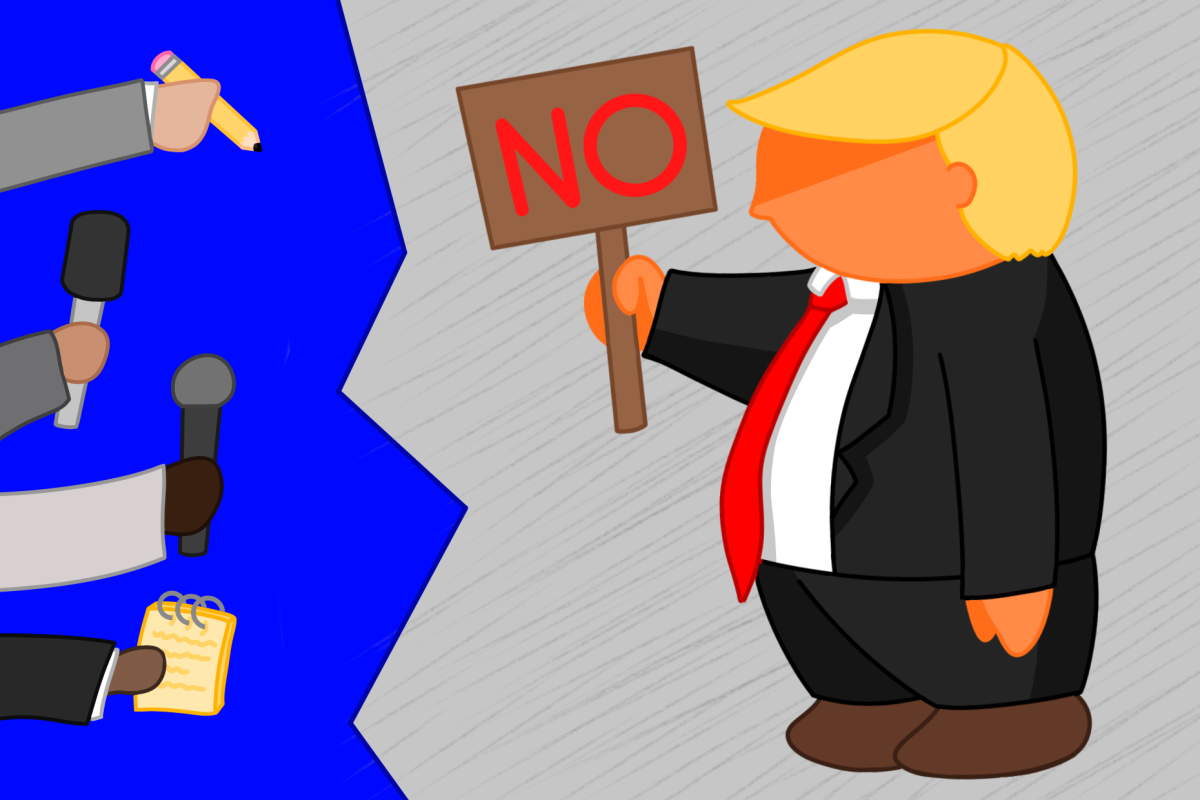If you’re like any other Twitter user, you may have seen the jokes about NFTs. If you’re on K-Pop Twitter, you may have also seen the jokes about digital photo cards.
Maybe you have no idea what an NFT even is and its impact on the environment.
Non-Fungible Tokens (NFTs) are unique assets that are not tradeable or transferable with anything. NFTs are part of the Ethereum blockchain, in which a blockchain is a database that stores information in a digital format. Blockchain technology is secure and used for other cryptocurrencies, so investors feel safe in knowing their digital investments are secure.
Art, GIFs, photos, videos, collectibles, virtual avatars and game skins, music, and even designer sneakers can be sold as NFTs. Even the makers of famous memes such as “Overly Attached Girlfriend,” “Bad Luck Brian,” and “Doge” to name a few, are now being sold as NFTs. “Nyan Cat” has sold for nearly $600k as an NFT. Even tweets can be sold as an NFT.
Digital artists can sell their artworks for very high prices, inspiring people to begin a “fine art collection,” as people do with physical artworks. While there is more emphasis on digital artists using NFTs, one of my favorite traditional artists (art done by using traditional mediums such as graphite or paint) revealed back in April of his launching of digital artworks of his as NFTs. Rather than depending on galleries or auctions, NFTs can be used as an opportunity for these artists to find another way to make money.
But if these are just digital images or videos, what’s stopping people from saving them without purchasing ownership?
Well, there isn’t. As fellow Burnt X writer Briana Martinez wrote in her cryptocurrency article, the purchase of an NFT is recorded into blockchain technology. While the token purchaser can say they own the item, other users can still right-click save the paid-for content.
There is also a huge environmental risk factor to make and purchase NFTs.
Ethereum uses a “proof of work” system, which acts as a security system for cryptocurrencies with no third-party system that overlooks transactions. This system forces people, also known as “miners,” to solve complex puzzles to keep up high levels of security for these financial records. Unfortunately, this method consumes a lot of energy. This process is also intentionally cost-inefficient. Using up these insane amounts of energy is so expensive that there is a lesser chance of someone taking advantage of it for their own benefit.
The purchasing of NFTs leads to the creation while so while buying NFTs may seem harmless at first, especially since it is not necessarily a tangible purchase method, it actually leads to an unforgivable amount of energy consumption.
The energy it takes to create these NFTs through these blockchains is devastating to the climate. At the time of this article, Ethereum is estimated to consume about 91.09 terawatt-hours (one trillion watts an hour) of electrical energy annually, which is comparable to a year’s worth of power consumption by the Philippines and a carbon footprint of 43.27 Mt CO2, comparable to the carbon footprint of Hong Kong.
While not all cryptocurrency has the same negative impact on the environment as NFTs do, it is always best to do your research before investing in subjects like these. Spend safe and stay conscious of the environmental impacts by big corporations!
Featured image by Dorian Villalba
































